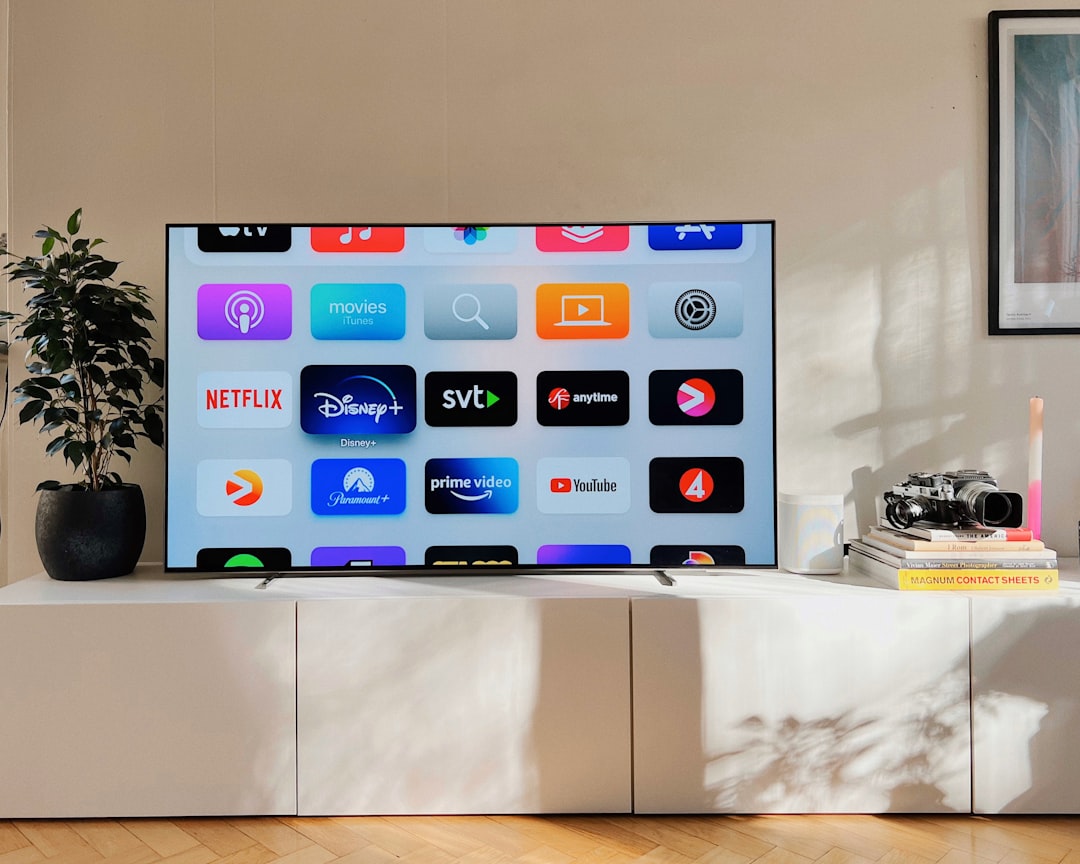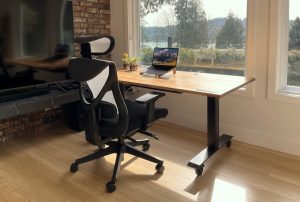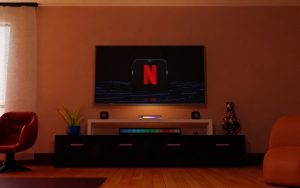
The Apple TV app offers a seamless streaming experience across various Apple devices, including the iPhone. One of its most convenient features is the Auto-Play Next Episode function, designed to keep your binge-watching sessions going without interruption. Similarly, personalized content recommendations keep your library fresh with suggestions tailored to your taste. But what if you don’t want the next episode to auto-play or prefer not to receive recommendations? Thankfully, managing these settings is both easy and flexible.
In this article, we’ll walk you through how to turn on or off Auto-Play Next Episode as well as control recommendation features in the Apple TV app on your iPhone. Whether you’re conserving data or simply prefer a more hands-on streaming experience, understanding these settings will help you tailor Apple TV to meet your needs.
What is Auto-Play Next Episode?
Auto-Play Next Episode is a feature that automatically plays the next episode in a series after a short countdown. While it’s great for uninterrupted viewing, it may not appeal to users who want control over when or if the next content should play.
Turning Auto-Play On or Off
You can easily manage this setting by following these steps:
- Open the Settings app on your iPhone.
- Scroll down and tap on TV.
- Under the Streaming Options section, locate the toggle for Auto-Play Video Previews or Auto-Play Next Episode.
- Use the switch to turn the option on or off.
If you turn it off, episodes will no longer play automatically, giving you more control over your viewing experience.

Why You Might Want to Turn It Off
While continuous play can be a time-saver, there are several reasons to consider disabling Auto-Play:
- Data Usage: Auto-play can consume valuable mobile data if you’re not connected to Wi-Fi.
- Focus: Helps avoid getting pulled into another episode when you’re trying to limit screen time.
- Battery Life: Continuous playback can drain your iPhone battery faster.
Understanding Recommendations in the Apple TV App
The Apple TV app uses your viewing history, preferences, and subscription services to provide personalized content recommendations. You’ll see these suggestions on your Watch Now screen, under sections like “Up Next” and “For You”.
How to Control Recommendations
Currently, Apple doesn’t offer a full toggle to turn off recommendations in the Apple TV app. However, you can influence what gets recommended by tweaking related settings:
- On your iPhone, go to Settings > Privacy & Security > Apple TV.
- Here, you can limit how the app uses your viewing data by switching off some sharing options.
- Alternatively, remove items from Up Next by long-pressing on the title and selecting Remove from Up Next.
These methods won’t stop all recommendations, but they will guide the app to make better, more relevant suggestions—or fewer of them.

Tips to Improve Your Apple TV Experience
Beyond just auto-play and recommendations, here are a few tips to further personalize your Apple TV app:
- Use Family Sharing: By enabling Family Sharing, you can share subscriptions and recommendations can be better aligned with individual profiles.
- Curate Your Watch List: Proactively adding or removing items from “Up Next” improves what Apple TV learns about your interests.
- Explore Channels: Dive into Apple TV Channels to find content aligned with your taste, while also potentially bypassing irrelevant recommendations.
Final Thoughts
The Auto-Play and Recommendation features in the Apple TV app are powerful tools designed to amplify your viewing pleasure. However, not everyone has the same streaming habits. Whether you’re trying to minimize distractions, conserve battery life, or simply prefer to choose when the next episode plays, the ability to customize these settings is invaluable.
With just a few taps in your iPhone settings, you can regain control and make your Apple TV app experience perfectly aligned with how you like to watch content. So go ahead—modify those settings and make your streaming smarter, not harder.






